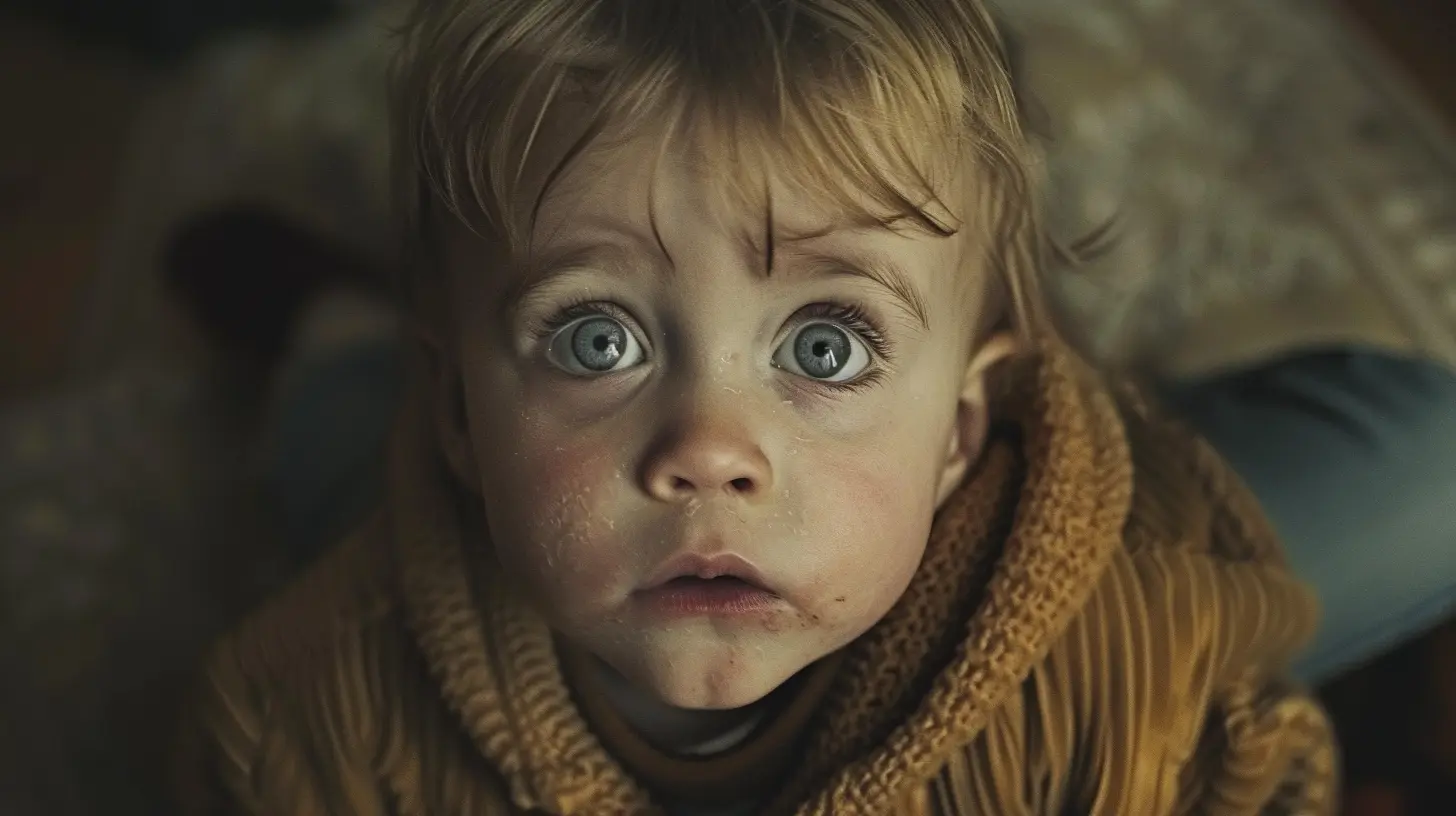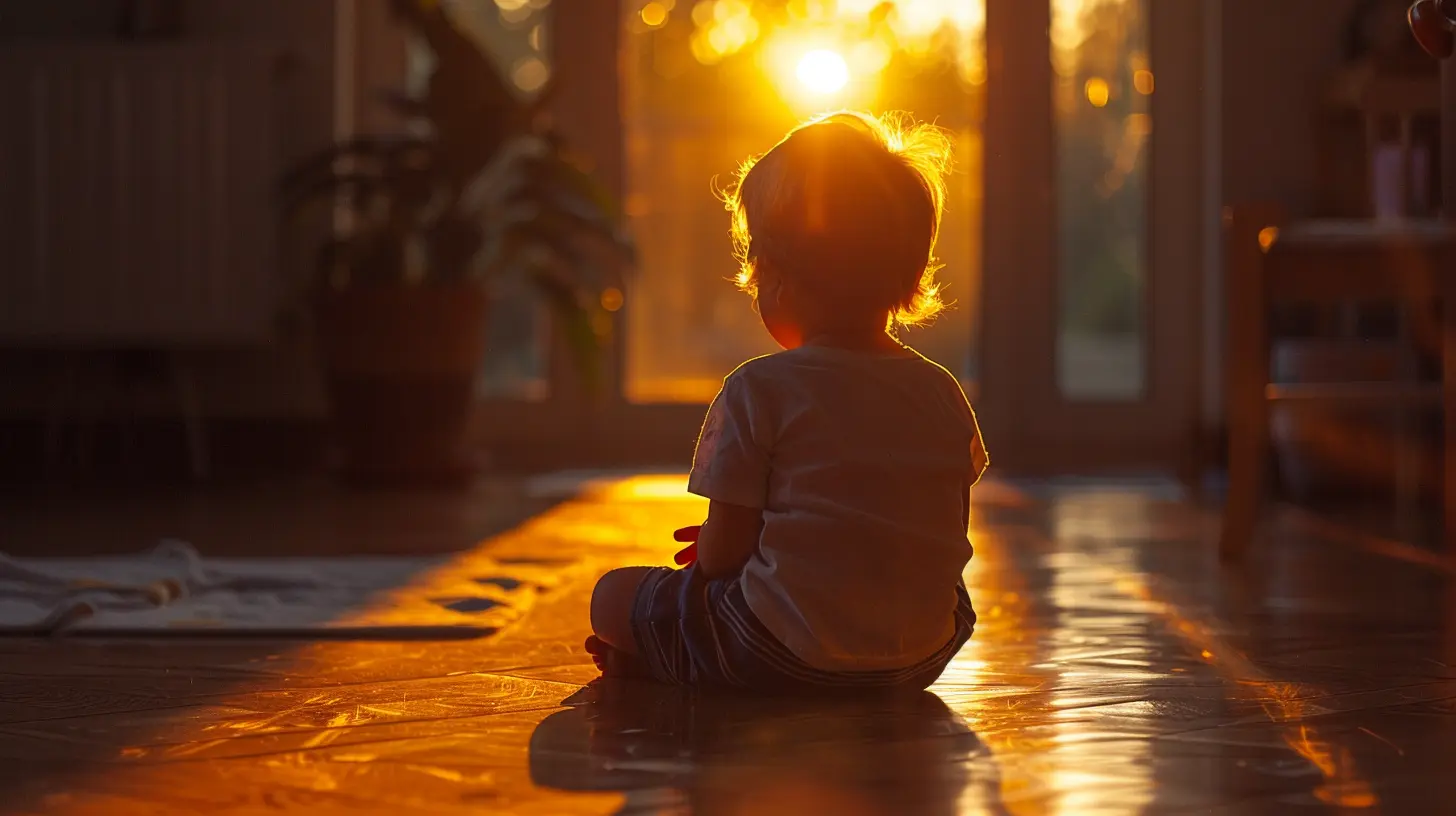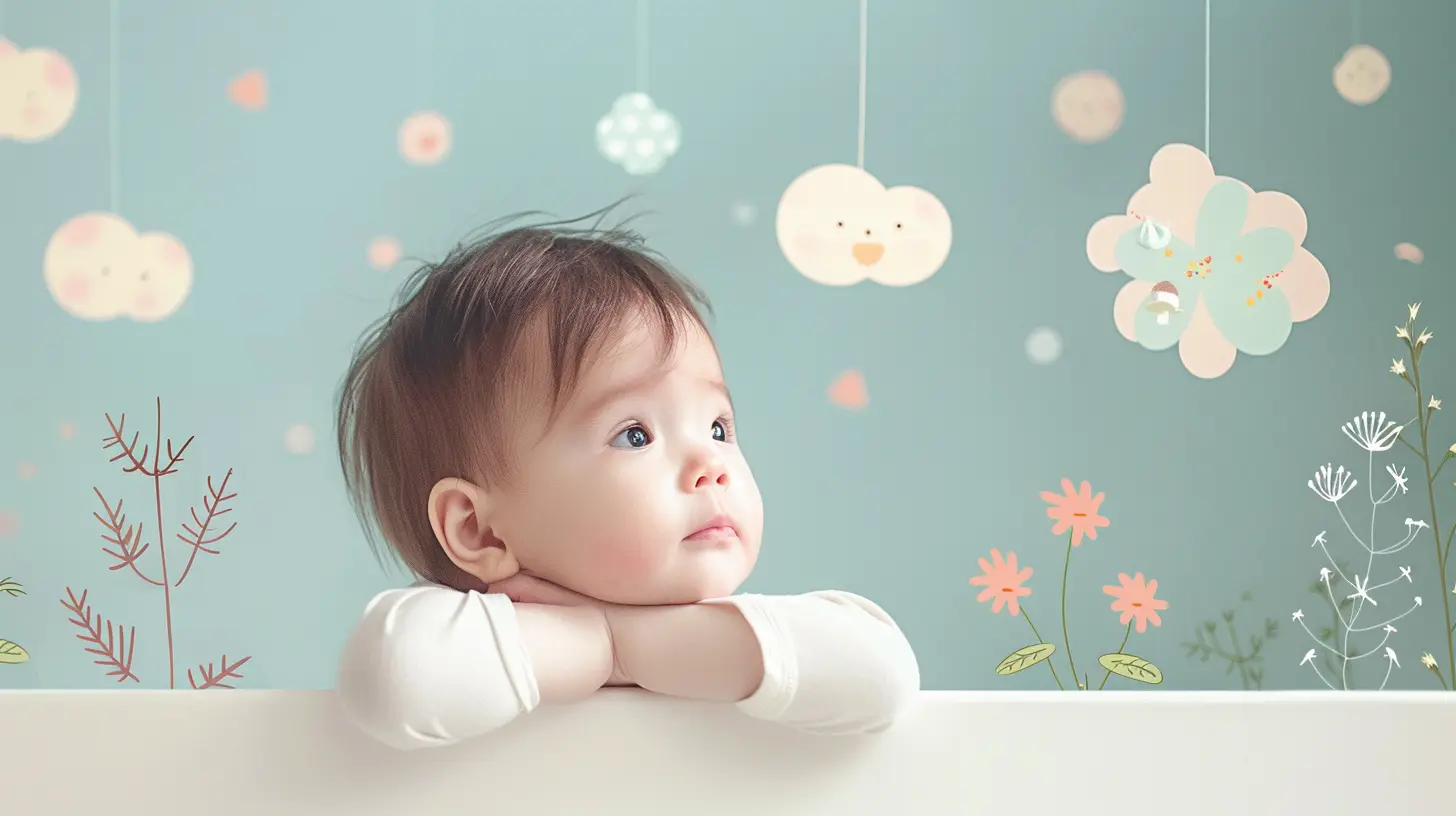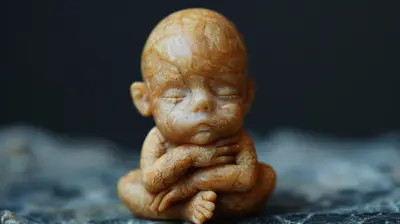Dealing with Baby Separation Anxiety
16 October 2025
Separation anxiety in babies is one of the most heart-wrenching phases for both parents and little ones. Your baby cries, clings to you like a koala, and gives you that heart-melting look that says, "Don't leave me, Mommy!"—it’s enough to pull at anyone’s heartstrings!
But take a deep breath because this is completely normal. In fact, it’s a positive sign that your baby has formed a strong bond with you! So, let's talk about how to handle this stage with love, patience, and (let’s be real) a whole lot of deep breaths.

What Is Baby Separation Anxiety?
Separation anxiety typically starts around 6-8 months and can last until toddlerhood. It happens when babies start to understand object permanence—that things (and people) still exist even when they’re out of sight. The problem? They don’t quite grasp that you’ll always come back!This newfound awareness makes them extra clingy when you leave, whether you're just stepping into the next room or heading out for work. The good news? It’s a sign of healthy development! The not-so-good news? It can be emotionally exhausting for both of you.

How Long Does Separation Anxiety Last?
Every baby is different, but separation anxiety typically peaks between 10-18 months and gradually improves by age 2. However, some little ones may experience it for longer, especially during big life changes like starting daycare or moving to a new home.The key is to handle it with patience and consistency so your baby learns that separations are temporary, and Mommy or Daddy always comes back.

Signs Your Baby Has Separation Anxiety
It’s not just about the tears (although, let’s be real, there will be plenty). Here are some other signs:- Clinginess, especially around new people
- Crying when you leave the room (even for a second!)
- Trouble sleeping without you nearby
- Increased fussiness, even when not hungry or tired
- Throwing a mini-meltdown when dropped off at daycare
Sound familiar? Don’t worry—you’re not alone!

Tips for Easing Baby Separation Anxiety
Now to the golden question: How do you help your little one cope without breaking both your hearts? Here are some tried-and-true tricks to make separations smoother.1. Practice Short Separations
Start with small steps. Leave your baby with a trusted caregiver in another room for a few minutes. Gradually increase the time apart so they get used to the idea that you'll always return.Think of it like baby steps—literally!
2. Keep Goodbyes Short and Sweet
Dragging out goodbyes makes things harder. Give your baby a warm hug, a kiss, and a cheerful “See you soon!”—then leave confidently. If you hesitate or sneak out, it can make things worse by increasing their anxiety.3. Create a Goodbye Ritual
Babies love routines! A simple goodbye ritual—like a special handshake, a hug-and-kiss combo, or even a silly wave—can bring comfort and predictability. The more consistent, the better!4. Stay Calm and Confident
Babies are tiny emotional sponges. If they sense your hesitation or sadness, they’ll feel more anxious. Stay upbeat and reassuring so they pick up on your confidence.5. Introduce Comfort Items
A favorite stuffed animal, a cozy blankie, or even a family photo can provide comfort when you're away. These “transitional objects” help bridge the gap when you're not around.6. Play Peekaboo—Yes, Really!
Peekaboo isn’t just a fun game—it’s a great way to teach object permanence! Your baby learns that even when something disappears (like your face behind your hands), it always comes back. This concept helps them understand that you’ll return after leaving.7. Talk About Goodbyes—and Hellos!
Even if your baby doesn’t grasp every word, hearing your voice is reassuring. Say things like, "Mommy has to go to work, but I'll be back after your nap!" Consistently reinforcing this message helps build trust.8. Ease Into New Caregivers
If you're leaving your baby with a nanny, grandparent, or daycare provider, spend some time together before actually leaving. Let your baby build a bond with their new caregiver while you're still in sight. This makes the transition easier.9. Time Departures Wisely
Leaving when your baby is well-rested and fed (instead of cranky or overtired) can make a huge difference. No one likes saying goodbye when they’re already upset!10. Be Patient—This Too Shall Pass
Separation anxiety isn’t forever. While it might feel overwhelming now, one day, your little one will happily wave goodbye without a second thought. And believe it or not, you might even miss these clingy cuddles!When to Be Concerned
While separation anxiety is completely normal, there are times when it might require extra attention:- If your baby’s distress seems extreme or lasts beyond toddlerhood
- If anxiety interferes with eating, sleeping, or daily activities
- If they show signs of extreme fear in all new situations
If you're worried, talk to your pediatrician. Sometimes, an extra dose of expert advice can ease both your mind and your baby’s worries.
Final Thoughts
Baby separation anxiety is tough, but it’s a sign of a loving bond between you and your little one. With patience, consistency, and plenty of hugs, your baby will gradually learn that goodbyes aren’t forever—and that reunions are oh-so-sweet!So the next time your baby clings to you like Velcro, just remind yourself: this is a phase, and one day, they’ll run off to play without a second glance. And when that day comes, you might just wish for one more extra-long goodbye hug.
all images in this post were generated using AI tools
Category:
Baby CareAuthor:

Tara Henson
Discussion
rate this article
1 comments
Runeveil Hughes
Why does this happen?
October 26, 2025 at 5:32 PM


